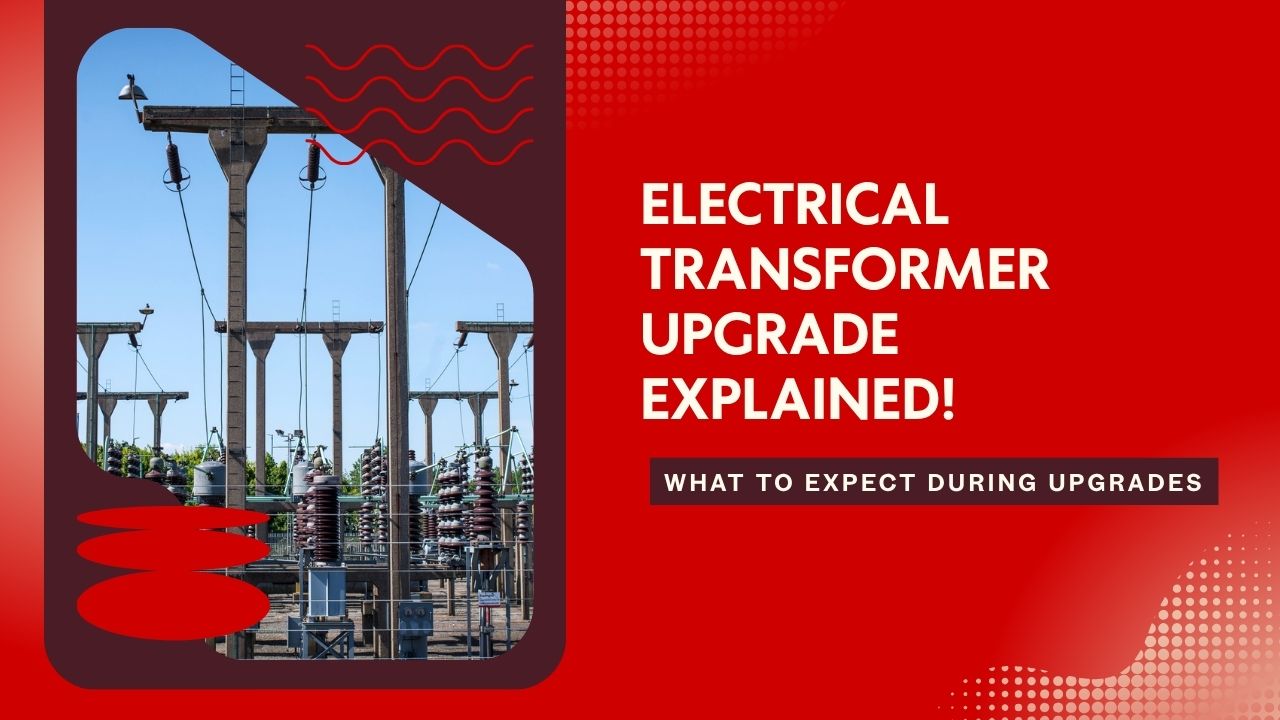

It usually starts with a gap. The load grows, the transformer stays the same, and something doesn’t quite line up anymore.
Maybe the temperature’s climbing more than it used to. Maybe the oil analysis flags something new. Or maybe you're just seeing margins shrink, bit by bit.
Whatever the trigger, a decision gets made: time to upgrade.
The process looks simple on the outside—just increase the rating, right?
But inside the tank, every part has to carry more weight than before. And that means something has to give, or be rebuilt to take it.
This is where the expertise of top transformers manufacturers in India becomes crucial, ensuring upgraded designs meet both performance and reliability standards.
The conductors carry the load, so they take the first hit. If the upgrade asks for more current, the windings have to be ready for that demand.
The old setup might get swapped out entirely. Or the geometry may shift to balance the current more evenly across the coils.
This part gets handled with care. A wider conductor profile may help, but spacing, bracing, and layering also change how the windings respond under load. If this isn’t done well, heat pockets show up where you least want them.
More current raises the temperature. And when that happens, the insulation system becomes just as critical as the copper.
Upgrades often mean replacing the insulation altogether—shifting to a higher temperature class, or switching the layering strategy to handle the added thermal strain.
Sometimes the upgrade also exposes gaps in the original bracing. If the coil shifts even slightly under heat, that movement adds mechanical stress.
Stronger insulation helps hold the winding in place, not just electrically, but physically.
An upgraded transformer handles more current, and with that comes more heat.
To keep temperatures within safe limits, the cooling system needs to manage that additional thermal load more efficiently.
That can mean redesigning how oil moves through the coils or adding radiators with improved flow characteristics.
Some upgrades include installing more responsive fans or switching to a higher-performance oil that handles temperature swings better.
Each of these changes helps the transformer operate steadily under its new rating, even during peak demand cycles.
Terminals don’t always get the spotlight during an upgrade, but they carry the consequence.
Higher ratings mean more current through every joint, every clamp, every bushing. And all of that stress builds up right where the copper meets the outside world.
That’s why good upgrade work includes checking torque, contact surfaces, and the thermal profile around each terminal.
Loose joints under heavy current tend to leave marks—burns, pitting, or worse. Avoiding that means reinforcing those spots before the current ever hits.
After the physical changes, testing gives the first real signal of how well the upgrade holds together. Resistance values get logged. Thermal rise gets measured.
Sometimes, these tests surface issues unrelated to the upgrade itself—small aging defects, internal fatigue, or stray losses.
That’s where good teams take a beat. They treat the test results like a second set of instructions.
If something looks off, it gets corrected before the unit goes live. Not later, not during service. That’s the difference between a smooth transition and a regret six weeks in.
Partnering with a trusted transformer company in India ensures these checks are thorough and proactive, not reactive.
Upgrading a transformer isn’t a surface-level job. The rating might change on the nameplate, but the real shift happens inside (coil to core, clamp to terminal).
In our experience working on upgrade and overhaul projects, especially on mid- to high-capacity units, the successful ones always come down to how well the moving parts talk to each other.
That’s how we approach our work. Whether we’re modifying a winding or rebalancing load paths, the aim stays the same: build a transformer that doesn’t just handle the upgrade, but lives well with it.
Get in touch with us to learn more.